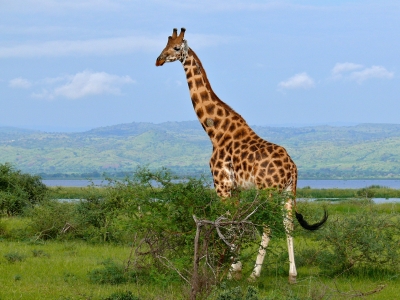Why is the camel exceptional?

If you are a fan of survival shows, the sturdy and dependable camel might interest you. This remarkable animal has several adaptations for extreme survival that would make Bear Grylls (the famous British Adventurer) go green with envy! For instance it can go for nearly 2 weeks without food or water. It stores extra reserves of food as fat in a hump on its back. It has double eyelashes to keep dust and dirt out and a slit-like nostril which can be closed during sandstorms.
Camels are wide-hoofed with spreading toes on each foot to help them walk in the desert sand. They have the ability to regulate their body temperatures as required and the capacity to rehydrate quickly by drinking more than 100 litres of water in 15 minutes! To top it all they can walk up to 185 kms at a stretch and are able to run at a top speed of 65 km/h.
There are two varieties of camels found in the world - the dromedary or Arabian camel with one hump on its back and the Bactrian camel or the Asian camel which has 2 humps on its back. While the one-humped camel is found in hot desert regions like Africa and the Arabian peninsula, the two-humped camel is found in cold desert regions like Mongolia and Leh. The dromedary is the tallest camel in the world, growing to an average height of around 6.6 feet at its shoulder.
Camels and humans have had a long association, one that goes back nearly 4,000 years! In fact dromedaries have been domesticated for so long that they have not occurred naturally in the wild for nearly 2000 years. They were used for farming and travel and also for their milk. Did you know that camel milk is one of the most nutritious foods in the world? It is supposed to be beneficial in managing autism, preventing cancer and even good for diabetes patients. In India, camel milk is available in powdered and liquid form.
Picture Credit : Google

